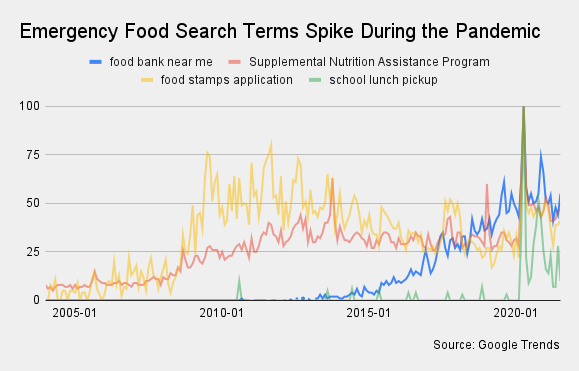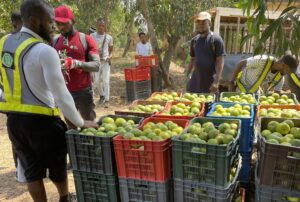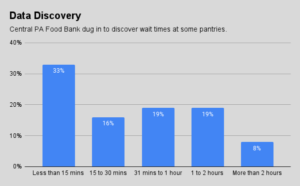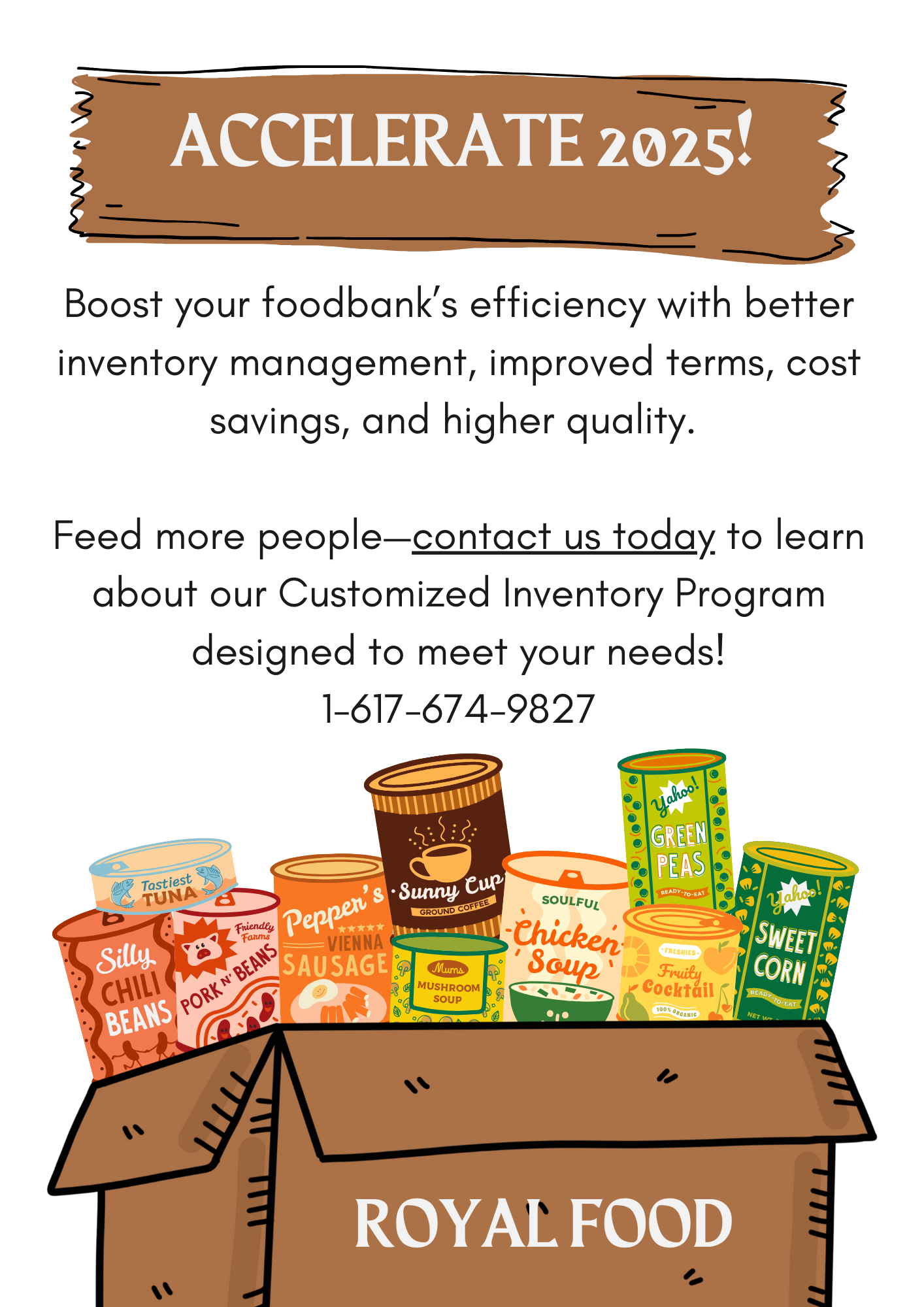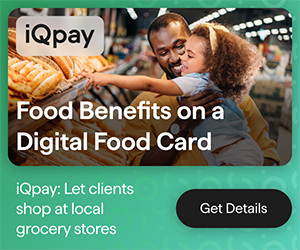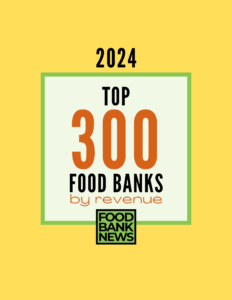When Jack Griffin founded FoodFinder as a high school student after the Great Recession, he couldn’t have predicted how vital his food pantry locator would become years later during the pandemic. But now, FoodFinder is one of the organizations powering Google’s new emergency food resource platform, Find Food Support.
Griffin launched FoodFinder in 2014 after seeing friends and their families in Atlanta struggling to put food on the table. What began as a community solution to find the nearest food pantry or food bank grew into a website and mobile app with over 55,000 food pantry and food bank listings, serving 600,000 Americans across the country.
This amalgamation of food bank and food pantry information is now fueling half of Google’s Find Food Support Google Map locator tool, announced late last month. The map, which contains more than 90,000 sites offering food support, shows users their nearest food banks, food pantries, and school lunch programs based on their address. No Kid Hungry and the USDA are also supplying information for the locator.

“It’s been a pleasure to see what we’ve been able to achieve together,” said Griffin, Founder and CEO of FoodFinder. “The team at Google began to undertake this initiative because they saw the same need that we did.”
Google developed Find Food support after noticing spikes in online searches for terms “food bank near me,” “Supplemental Nutrition Assistance Program,” “food stamps application,” and “school lunch pick up” during the pandemic. These trends also fell in line with rapid growth for FoodFinder during the pandemic.
“When the U.S. declared Covid-19 a national emergency on March 12, 2020, FoodFinder went from serving 700 people a day to more than 3,000,” said Griffin. “That quadrupling of our demand held true for the next several months in 2020.”
Of the 600,000 people served since FoodFinder’s launch, 400,000 have come since the pandemic. Although FoodFinder traffic has slowed since the beginning of 2021, there are always spikes during the summer and winter holidays, resulting in 3,000 visitors per day once again using the service this summer, many looking to subsidize meals for children while school is out for summer vacation.
But if people are searching on Google for their nearest food pantry or food bank, how is FoodFinder or Find Food Support better than a typical Google query? According to Griffin, food pantries can be harder to locate online than you would think.
“Food pantries have so much on their plate, that a lot of times they don’t have the proper means or resources to market their services online, especially with the food pantries in America being run out of houses of worship,” said Griffin. “They’re going to have websites, but the main focus of those websites are going to be their religious services. A generic search result doesn’t really help you find the very local, very small organizations that are in the community.”
Besides finding local food relief programs, Google’s Find Food Support is also a hub of food security information. The inclusion of information on SNAP and other food support benefits, hotlines, and community stories distill multiple search queries into one website and show the breadth of assistance available to a user.
“We hope that the site is an easy tool for people to use to find the food support that they need,” said Julie McAlister, Communications and Public Affairs Manager at Google. “We know that stigma associated with food insecurity is often a barrier to getting help. The site includes several videos of really great organizations from around the country that have been stepping up to deliver food and provide food to people throughout the pandemic. So things like that, to really help all types of people get the help that they need.”
For a food bank to check if they are on Find Food Support, they simply have to visit the website and enter an address in their community as a user would. Google Maps will then show nearby food aid sites with the name, address, hours of operation, and contact information. If information needs to be updated or is not listed at all, contact FoodFinder, which will update the information in its system and immediately share the update with Google. The system is updated on a rolling basis, with an additional 10,000 sites added last month.
While the country begins to return to normal, website traffic patterns tell the story of continued food insecurity. For Griffin, this is what FoodFinder will try to correct in the future.
“The immediate goal for us is to get to pre-pandemic levels of food insecurity and undo the damage done by Covid-19,” said Griffin. “But those levels that we were at before the pandemic were unacceptable for a nation as well off as America is today. We’re going to see if we can be a force and part of that wave of lifting millions of food-insecure families into lasting food security, beyond the normal cyclical flows of when times are good or times are bad.” — Zachary Smith
Zachary Smith is a freelance reporter and student at the Craig Newmark Graduate School of Journalism at CUNY, where he specializes in health and data reporting. Currently an intern with Food Bank News, Zachary has recently been published with Everyday Health, Bklyner, and the NYCity News Service.
Like what you’re reading?
Support Food Bank News